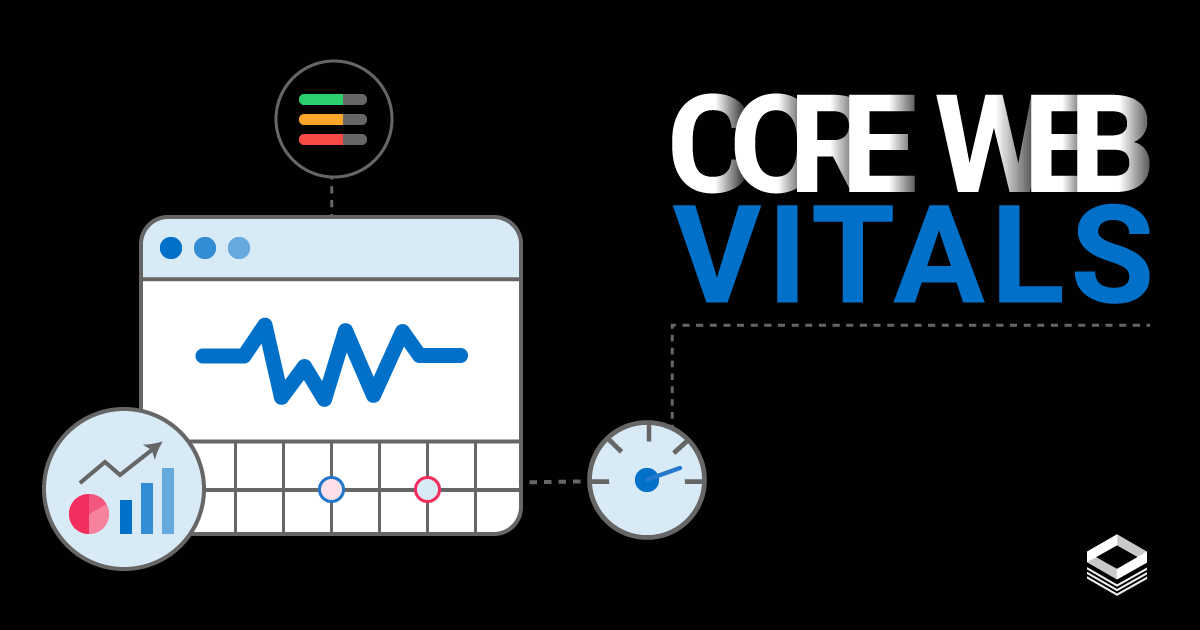The Impact of Core Web Vitals on SEOPosted by Terry Bwon on February 19th, 2024  In an ever-evolving digital landscape, user experience is at the forefront of search engine priorities. Core Web Vitals, introduced by Google, are a set of specific factors that measure the speed, responsiveness, and visual stability of a webpage. Understanding and optimizing for Core Web Vitals has become crucial for businesses aiming to improve their SEO performance. In this guide, we'll delve into the significance of Core Web Vitals and their impact on SEO. 1. What are Core Web Vitals? Core Web Vitals are a set of user-centered metrics that measure key aspects of the user experience on a webpage. Introduced by Google, these metrics focus on three core elements: 2. Google's Emphasis on User Experience: Google has increasingly prioritized user experience as a ranking factor. With the introduction of Core Web Vitals, the search giant aims to provide a better understanding of how a webpage performs from the user's perspective. Websites that offer a positive user experience are more likely to rank higher in search results. 3. Largest Contentful Paint (LCP):
LCP measures the time it takes for the largest content element on a page to become visible. Google considers a good LCP to be under 2.5 seconds. Optimizing for LCP involves minimizing render-blocking resources, optimizing images, and improving server response times. 4. First Input Delay (FID): FID measures the time it takes for a webpage to become interactive. It quantifies the delay between a user's first interaction (like clicking a button) and the browser's response. A good FID is typically under 100 milliseconds. Strategies for improving FID include minimizing JavaScript execution time and using browser caching. 5. Cumulative Layout Shift (CLS): CLS measures the visual stability of a webpage by assessing unexpected layout shifts during page loading. A low CLS score indicates a more stable user experience. Avoiding the sudden movement of elements, specifying image dimensions, and loading ads properly contribute to optimizing CLS. 6. SEO Ranking Signals: Core Web Vitals have become crucial SEO ranking signals. Google has explicitly stated that starting May 2021, these metrics will be incorporated into its ranking algorithm. Websites that provide a positive user experience by meeting or exceeding Core Web Vitals thresholds are likely to see improved search rankings. 7. Mobile-First Indexing: With Google's shift towards mobile-first indexing, Core Web Vitals have a significant impact on mobile search rankings. Mobile users, in particular, expect fast-loading and responsive webpages, making optimization for LCP, FID, and CLS essential for maintaining visibility in mobile search results. 8. User Retention and Bounce Rates: A positive user experience, as reflected in good Core Web Vitals scores, contributes to user retention and lower bounce rates. Websites that load quickly, respond promptly to user input, and maintain visual stability are more likely to keep users engaged, thereby improving SEO performance. 9. Page Experience Update: Google's Page Experience update integrates Core Web Vitals into a broader set of signals that assess the overall user experience on a webpage. While content quality remains paramount, the update emphasizes that a positive page experience, as measured by Core Web Vitals, is a significant factor in search rankings. 10. Tools for Assessment: Webmasters and SEO professionals can use tools like Google PageSpeed Insights, Lighthouse, and Google Search Console to assess and monitor Core Web Vitals performance. These tools provide insights into specific areas for improvement and guide optimization efforts. 11. Continuous Monitoring and Adaptation: Core Web Vitals are not static; they evolve as user expectations and technological standards change. Continuous monitoring of performance metrics and adaptation to new guidelines and best practices are essential for maintaining and improving SEO rankings over time. Conclusion: The impact of Core Web Vitals on SEO is undeniable, signaling a paradigm shift towards prioritizing user experience in search rankings. Businesses that invest in optimizing for LCP, FID, and CLS are not only meeting Google's criteria but are also providing a better online experience for their users. As search engines continue to refine their algorithms, aligning SEO strategies with Core Web Vitals will be integral to maintaining and enhancing online visibility. Like it? Share it! |



